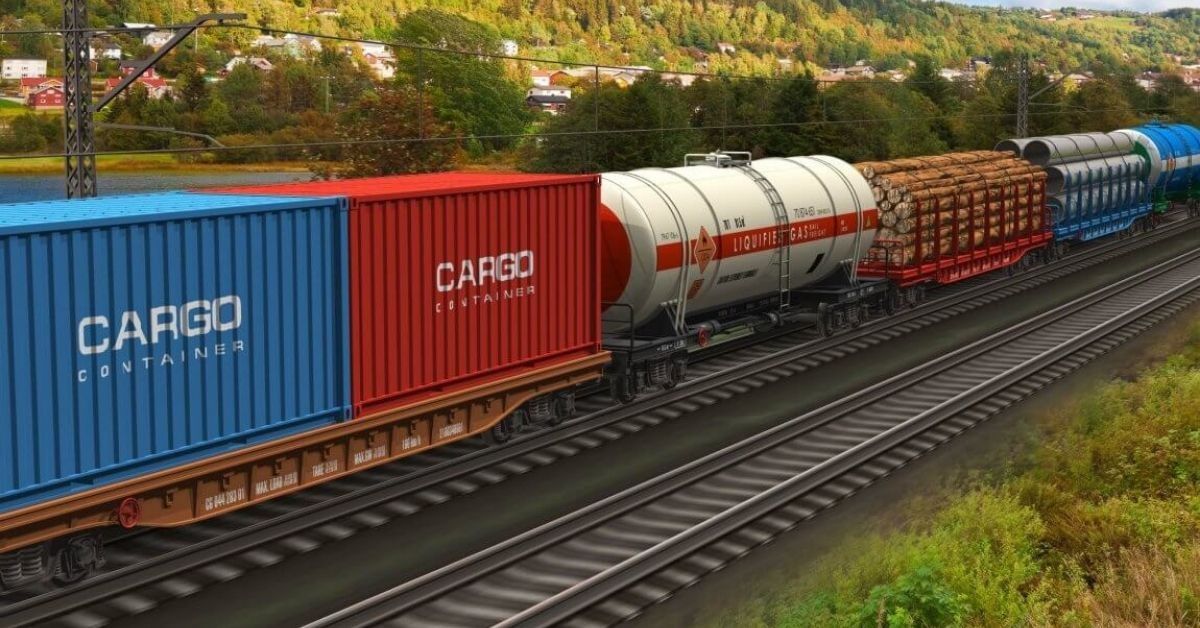The move will boost ports that already have both natural gas regasification terminals and rail connectivity, allowing them to attract more gas shipments.
The Indian Railways has allowed the transport of liquefied natural gas (LNG) through its network, enabling cheaper delivery of the fuel to areas that lack pipelines.
The move will boost ports that already have both natural gas regasification terminals and rail connectivity, allowing them to attract more gas shipments.
As of now, trucks are used to transport gas to users not connected to any piped supply. Sector watchers say the railways may take away a big share from roads given that rail transport is more economical over long distances.
“Now, the entire country opens up as a market for a company that has an LNG terminal with a railway siding,” said Ashish Agarwal, managing director of Seros Shipping & Logistics, which operates India’s largest virtual pipeline network for LNG and compressed natural gas (CNG).
The rail access will allow LNG import terminals in Gujarat and southern India to tap the entire domestic market.
“Assuming that LNG prices were at a year ago levels, this development would result in at least 1.00-1.50 million tonnes of LNG moving by rail,” Agarwal said, adding that gas-based power plants in northern India could become viable once fuel prices fall and logistics costs decline through rail delivery.
Analysts estimate more than 40% of geographical areas that have been bid out in the recent City Gas Distribution (CGD) bid rounds do not have pipeline connectivity.
These can be serviced through the railway network.
“If one were to take a round trip distance of 500 kilometres from a Regasified Liquefied Natural Gas (RLNG) terminal, then transportation by rail would be cheaper by at least 30%,” said Sanjay Sah, partner at Deloitte. This enable new options to reach geographical clusters that were not serviceable from RLNG terminals owing to commercial constraints.
Officials say that several plans were examined by the centre including a Roll on-Roll off service for rail transportation of LNG. In this service, trucks are driven on to rakes and then transported on the railway network. Once the train reaches the destination, the trucks are driven off to their final destinations.
This mechanism was used to transport liquid oxygen in cryogenic tankers during the COVID19 pandemic. But this option could not take off for LNG due to safety, feasibility and operational issues.
It is believed that with the approval of usage of ISO tanks for LNG transportation many issues have been worked around since these tanks can be handled like containerized cargo.







